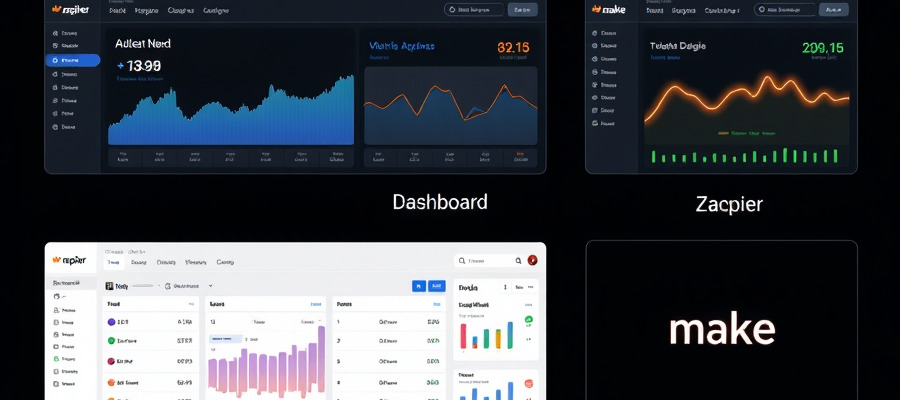Voice Assistant Automation for Executive Productivity
How CEOs use Alexa, Siri and Google Assistant to automate their workday.

Voice Assistant Automation for Executive Productivity: The CEO’s Secret Weapon
Top executives are turning to voice automation business strategies to maximize productivity. With tools like Amazon Alexa, Google Assistant, and Apple Siri, leaders automate routine tasks, streamline workflows, and focus on high-impact decisions. Here’s how they’re doing it.
Why Voice Automation Is Transforming Executive Workflows
Voice technology solves a critical problem for busy leaders: time scarcity. Executives often spend hours managing schedules, emails, and data analysis. Voice automation shifts these tasks to AI assistants, offering:
- Hands-free multitasking: Run meetings while pulling up reports
- Instant data access: Ask for KPIs instead of digging through dashboards
- Reduced cognitive load: Delegate reminders, calculations, and follow-ups
A McKinsey study found knowledge workers waste 19% of their day searching for information – voice automation directly addresses this inefficiency.
How Executives Use Voice Assistants
1. Calendar & Meeting Management
- “Alexa, add a 3 PM strategy call with the CFO tomorrow”
- Auto-generate agendas using Zapier-connected tools
2. Real-Time Business Intelligence
- “Hey Google, what’s our Q3 sales growth percentage?”
- Integrate with BI tools like Tableau via Make.com workflows
3. Email & Communication
- “Siri, read my last Slack message from the CMO”
- Use n8n to auto-prioritize urgent messages
4. Operational Control
- “Turn on webinar mode” (triggers lights, A/V system, and CRM alerts via Google Apps Script)
Building a Voice Automation Business Ecosystem
Tools Executives Trust
| Platform | Best For |
|---|---|
| Amazon Alexa | Deep AWS ecosystem integration |
| Google Assistant | G Suite/Workspace automation |
| Siri Shortcuts | iOS/macOS device control |
Pro Tip: Combine these with automation platforms like Zapier or custom web apps for advanced workflows.
5 Steps to Implement Voice Automation
- Identify repetitive tasks (e.g., report generation)
- Map tools to needs: CRM ↔ Voice Assistant ↔ Dashboard
- Start with 2-3 low-risk automations
- Implement security protocols (multi-factor authentication, encryption)
- Measure time saved monthly
Common Mistakes to Avoid
- ❌ Granting broad permissions without IT review
- ❌ Over-automating sensitive processes
- ❌ Ignoring cross-platform compatibility
Boost your team’s efficiency with intelligent automation
Let’s Build Your System
We specialize in creating tailored voice automation business solutions using Zapier, Make, n8n, and custom web apps. Our systems centralize data, eliminate busywork, and put insights at your literal command.

